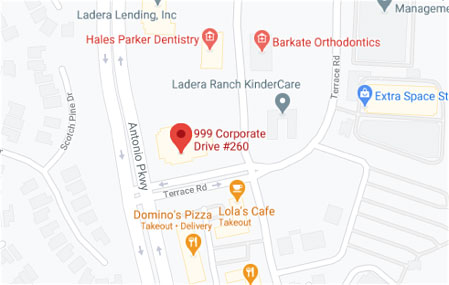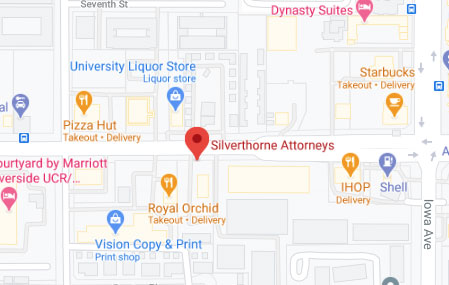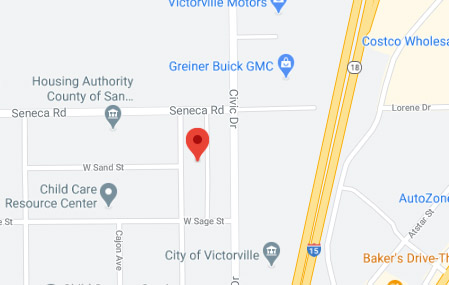
What is Defensive Driving?
Defensive driving is a not exactly what most people think it is. Defensive driving is not the same as aggressive driving. In fact, defensive driving is a technique that helps to reduce accidents, and not only save lives but time and money as well. This is done by maintaining your awareness of road conditions as well as anticipating any potential hazards on the road. Today, we are not only going to answer the question, what is defensive driving, but we are also going to go over the benefits of defensive driving as well as give techniques on how to drive defensively.
Defensive Driving 101
What is defensive driving? Defensive driving is a technique that people use in order to prevent accidents on the road. Some examples of good defensive driving techniques include the following:
- scanning the roads and frequently checking your mirrors;
- increasing your distance around swerving or aggressive drivers;
- eliminate distractions
- texting, talking on the phone, etc;
- make sure you are always visible to other drivers
- avoid blind spots;
- have an escape route in case of the following:
- another driver suddenly brakes;
- another vehicle drifts into your lane;
- someone runs a red light;
- maintain a calm and positive attitude while your are on the road;
- avoid being involved in any incidents of road rage;
- make defensive driving a habit
In being able to learn and utilize these skills, you will be able to help prevent accidents on the road.
Benefits of Defensive Driving Courses
Most people take defensive driving courses after being issued a ticket or being pulled over, however, it is possible to take the course without having been issued a ticket. Every state is different but oftentimes taking the course will include a reduction of points on your license after a ticket or even a reduction of up to 10% in insurance rates for 3-5 years. the reduction in your insurance rates will solely depend on your insurance company. Some classes are offered online or in a typical classroom setting.
What is Covered?
During these courses, you will not only learn crash prevention techniques like how to avoid and recognize hazards on the road before it’s too late. the following is covered in most defensive driving courses:
Traffic Accidents
Given the following knowledge, you will learn the techniques in order to drive defensively:
- approximately 41,000 people die annually as a result of a car accident;
- additionally, 3.2 million people are injured;
- 38% of accidents are alcohol related;
- 30% of accidents are due to speeding;
- the most common causes of accidents as well as emotional impact and costs spent yearly on car accidents are covered
The purpose of these classes is to reduce the risk of accidents by properly educating the community on how to use caution and practice good judgment.
Psychological Factors
This class with also go over the psychological factors that can be controlled by the driver if they know what to look for. This part of the course will focus on ways drivers can overcome any negative psychological factors:
- unneeded/unnecessary stressors;
- fatigue;
- emotional distress;
- road rage
These are just to name a few. This course helps to develop positive attitudes towards driving. They also teach you how to address issues of an accident and secondary collisions by listing elements of the crash and illustrating how the forces of an impact can be avoided or limited.
Related Article: How to Avoid a Car Accident
How to Drive Defensively
Now that we have gone over what defensive driving is, we are going to go over how to drive defensively. Again, defensive driving is not aggressive driving. Make sure you stay alert, leave enough room between your car and others, and adjust yourself to any dangerous situations. Here are some ways to make sure you are being proactive.
Focus on Driving
One of the best ways to combat any unnecessary accidents is to pay attention to the road. Defensive driving means focusing your attention on driving and the road ahead of you. Before you head out, make sure that you are not distracted by your phone, the radio, or anything else. Make sure you are as alert as possible. If there are passengers in your car and you are easily distracted by others, make sure you find ways to combat that.
Stay Alert
In order to stay alert, make sure you are paying attention to the signs on the road. Whether those are directions, speed limit markers, and lights. Checking your mirrors every now and then for a full view of what is going around you. Getting into the habit of checking these things is an extremely helpful way to make sure you are practicing safe defensive driving techniques.
It can be very difficult to stay alert when you are sleep deprived or have been driving under the influence. Do not risk your safety and the safety of those around you.
Responding to Other Drivers
Make sure you are not following too closely to other drivers on the road. Keep a couple car lengths distance between you and the vehicle in front of you. the rule of thumb is usually 3-4 seconds. This buffer will give you more time to react if the driver in front of you suddenly brakes.
Always observe the right-of-way rules. Yield to other drivers when it is required and try to be patient and give other drivers their turn, even when you are in a hurry. You do not want to be the cause of an accident. If you encounter a driver who is not observing the right-of-way rules, let them go. the last thing you want to do is get yourself involved in a road rage incident.
Reacting to Driving Conditions
Adjusting your speed according to what is going on ahead of you will help to prevent an accident. However, if other drivers are moving at dangerously higher speeds, do not attempt to match their speed.
Always let other drivers know what you are doing. Staying alert also means that you are also checking your turn signals, brake lights and head lights regularly. Use them consistently to let other drivers know what you are doing. Avoid blind spots and do not linger in areas where other drivers cannot see you. You also want to make sure you are being respectful and attentive to the drivers on the road.
Adjusting your settings to the road conditions is very important.
Defensive driving is about making sure you and others are safe. If you have been injured in an accident, contact us today to discuss your case. Consultations with an attorney in our office are free!












